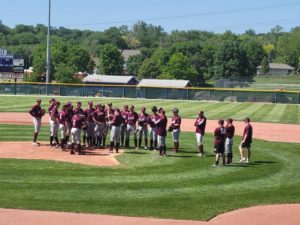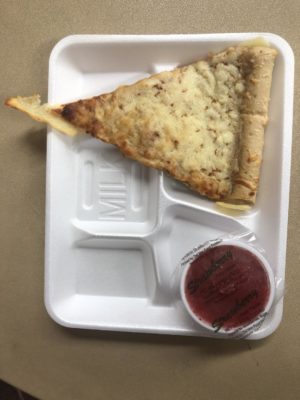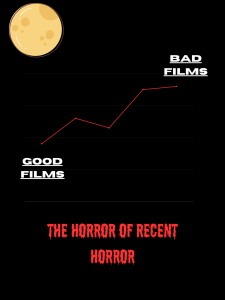Books with racial slurs should not be a part of curriculum
March 22, 2021
Racial slurs do not belong in books assigned to high school students.
To Kill a Mockingbird or Raisin In the Sun are considered cultural literacy, but the books themselves contain language that can be harmful to Black people. After speaking with fellow Black students and the AASLC, it became apparent to me I’m not the only one who isn’t anticipating reading those books.
Books that contain racial slurs do not belong in a school building, period. It is impossible for a place to be considered a safe space for everyone when books students are required to read contain hurtful words.
Most of the time these books take place during or around the Jim Crow era, when using racial slurs was more socially acceptable. However, we aren’t in the Jim Crow era anymore. These books aren’t depicting the generations of Black leaders, but instead minimizes Black identities to unintelligent, savage criminals.
The discomfort for Black students is amplified by the lack of students and staff of color at Bellevue West. Being one of the only Black students in a classroom as your white teacher nonchalantly reads the N-word out of a book that glorifies white saviorism is painfully uncomfortable.
“I just remember when I was in high school, it was extremely uncomfortable,” Bellevue West Spanish teacher Danielle Turner said. “We didn’t do read-alouds, but just even having to read that book as one of the only Black kids in my class, it was just super uncomfortable.”
Turner added we should instead be having an open dialogue about the weight of that word and the historical significance behind it, and I agree. Allowing white teachers to use racial slurs without that discussion can be interpreted as a pass for other white people. The way this was explained to me by my white classmates was similar to, if my teacher can read it in a book, I can rap it in my favorite song. A person in authority using such words perpetuates the use of harmful language.
If these books are so crucial to our understanding of the future, we have to re-evaluate the way the content is delivered. Instead of framing Atticus Finch as a necessary savior to Tom, our curriculum should acknowledge the book is problematic and have conversations in the classroom as to why. Additionally, Scout’s perspective almost completely limits the gravity of the lynch mob coming for Tom Robinson, reducing him to a background character rather than the target. Centering Scout instead of Tom creates yet another white narrative.
Additionally, the number of books by authors of color in our curriculum is significantly less than white authors. It seems like a no-brainer; most of our content about people of color are illusions envisioned in a white mind trying to fit a narrow narrative.
BPS has a responsibility to Black students: listen to and respect our input. I remember in 8th grade when we read To Kill A Mockingbird. Of course, my teacher dutifully read the passage word for word. I remember how I turned rigid in my seat when I heard her say the N-word. I felt like everyone was looking at me, waiting for me to do something. Regardless of identity, students should not be subjected to such a level of discomfort.
The first step is eliminating racial slurs from our curriculum entirely. BPS cannot be champions for children if they don’t remove books that negatively impact Black students experiences.






